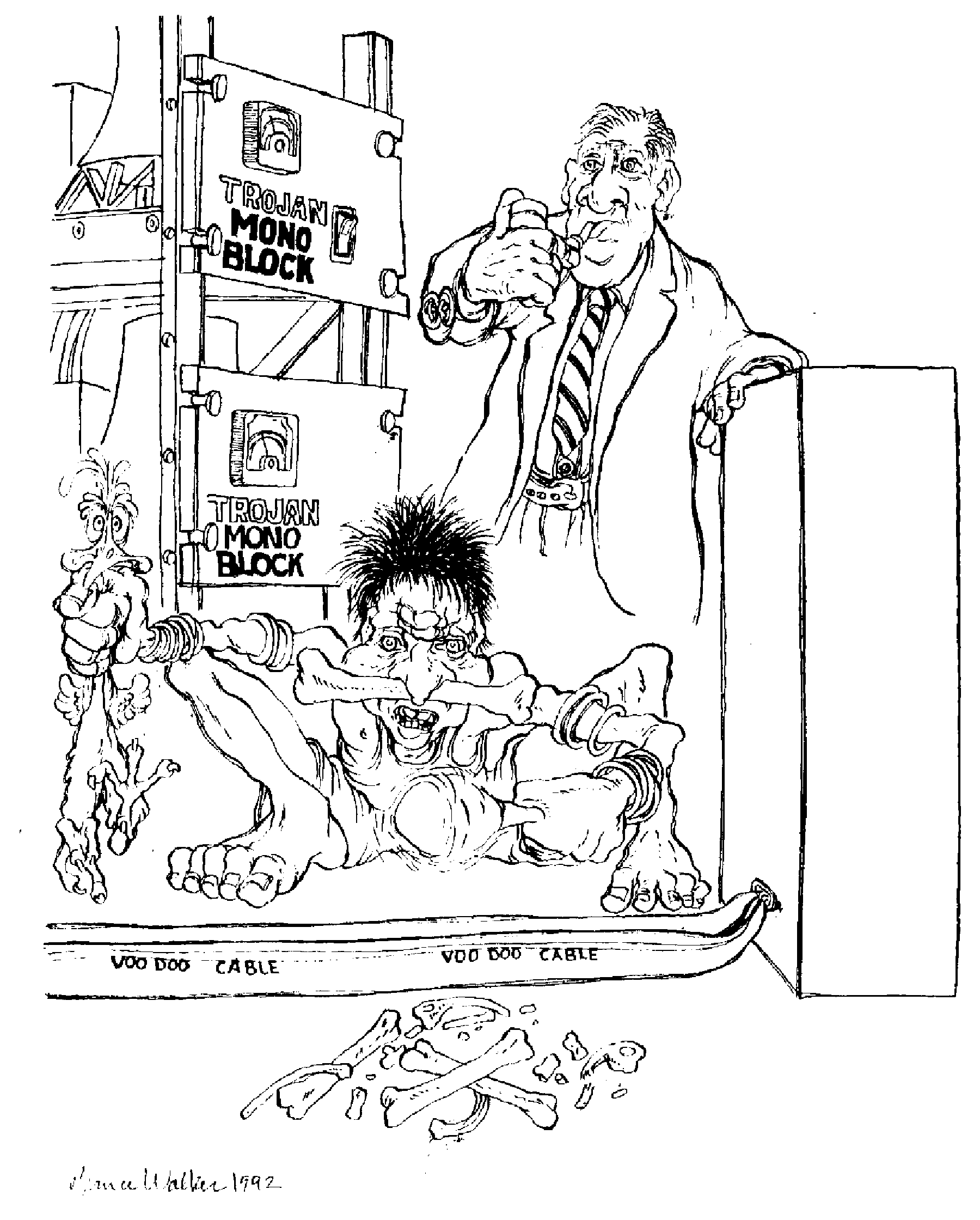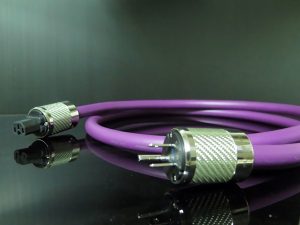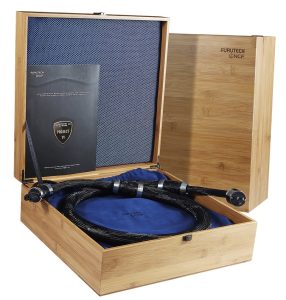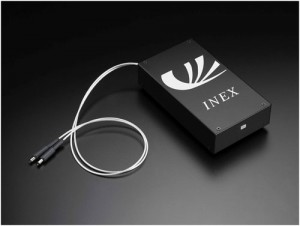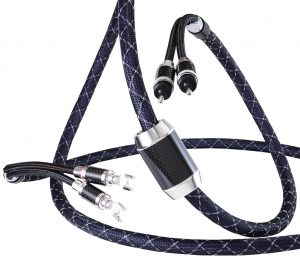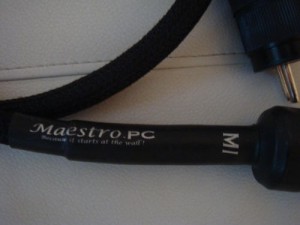
Roger Skoff writes about one of High-End audio's truly basic questions.
Full disclosure: Roger Skoff is the former founder and CEO of XLO Cables, and is now the same for RSX Cables. His writing in this essay focuses on the notion of high-end power cables having an effect on turntables, his surprise at that possibility, and not upon RSX Power Cables as such. View it as the meditations of a cable designer upon an audio phenomenon.
Something very strange has happened.
In the current issue (#194) of Hi-Fi+, one of the UK's leading audio publications, Jason Kennedy, the magazine's lead reviewer, reviewed the RSX Prime AC Power Cord and found that, in addition to improving all of the things one would normally expect, it made a significant sonic improvement when used to replace the power cord on a Rega RP-10 turntable(!)
His actual words were "Encouraged by this, I added another RSX Prime lead to the power supply for the Rega RP10 turntable and put on Terry Callier's "Candy Man" [The Best of Terry Callier on Cadet, Charly]. Once again, I went from the Isotek Premier to RSX Prime; this time, there was a dramatic increase in fine detail resolution, especially in the voice on this simple track. Yet, the tune's rhythmic aspect also became more sophisticated, thanks to an overall increase in clarity."
Kennedy went on to say in the review that Touraj Moghaddam, the founder of Roksan turntables and Vertere Acoustics, thinks that the power cable to the turntable power supply is the most important in any vinyl replay system, and that his own results with the RSX cable confirmed that "...with bells on."
It's not just Jason Kennedy and Touraj Moghaddam who say that about turntable power cords, either: Both Michael Fremer (Publisher of Analog Planet and reviewer for Stereophile) and Dr. David W. Robinson (Editor-in-Chief of this publication), have stated, although not specifically naming RSX, that turntable power cords are major contributors to LP sound quality.
Now, here's the strange part: I'm the designer of all of the RSX cables, including the RSX Prime, RSX's least expensive model, which is the one that Jason Kennedy wrote about, and, for the life of me, I can't imagine how the power cord on a turntable can affect its sonic performance.
No, I am NOT saying that power cords don't make a difference in most applications; they most clearly and obviously do, as the awards given RSX power cords by even this publication plainly testify. What I am saying is that I don't see how they can make a difference on a turntable.
Consider this: The sole function of a turntable, other than the obvious ones of holding the record, providing a place to mount the tonearm, and not contributing bearing noise, resonating, or passing resonant effects in the process, is to rotate at a precise and constant speed. In fact, the only specifications normally given for a turntable are speed accuracy, wow (low-speed variation,) flutter (high-speed variation) and rumble (bearing noise), and the better the turntable is, the lesser any form of speed variation or noise will be. To achieve that, quality turntables (especially multi-thousand-dollar ones, like the Rega RP-10) use multi-pole synchronous motors that maintain speed accuracy by locking onto the exact and unchanging frequency of their power supply. (Not the line voltage, which can and does change.)
They also maintain speed constancy inertially by using a heavy platter for high rotational mass. And finally, they tend to use belt drive, which uses the high internal hysteresis of the belt material to damp speed variation and drive resonances in conveying energy from the motor to the platter.
In short, it would seem that the only way a power cord could possibly affect the performance of a turntable would be by lessening speed variation, and that everything about the motor and mechanical aspects of a good turntable has already been designed to do just that.
So how does it happen? Beats me, but apparently using a better power cord really does make your turntable sound better. That's what people I trust say and, although I haven't yet tried it myself (none of my four turntables [two Aristons, one Linn, and one VPI] has a changeable power cord), I believe them.
Another thing that seems utterly impossible, but that's true, anyway, is the fact that the color of an insulated wire can affect its sound.
I first found out about that from Mike Detmer, who was then President of Stax-Kogyo, USA, the at-that-time US distributor for Stax headphones. Mike called me one day, back when I was still researching cables but hadn't yet started XLO, and asked me if I had yet tried the new high-purity insulated copper wires from Hitachi. When I said that I hadn't, he told me that I ought to, but that I should stay away from the red ones because they don't sound good.
With that as an introduction, I, as you can imagine, contacted Hitachi at my very first opportunity and ordered test lengths of their wire in various gauges and colors, making sure that red ones were included in the sampling.
Frankly, I had heard of any number of outrageous audiophile tweaks by that time—including those from England's Peter Belt – but few had ever approached the idea that the color of a wire's insulation could affect its sound quality for sheer absurdity,
When the wires came (red, white, black, blue, and orange) from Hitachi, I carefully cut the same number of wires off each spool and, using identical numbers, lengths and gauges of wire, all configured identically, I made speaker cables from them and set out on a program of, first measurement (resistance, capacitance, and inductance ["RCL"]—the so-called "only" factors to affect cable sound quality), and then comparative critical listening to each color as compared to all the rest.
As I expected, the measurements all came out the same, within the limits of my test equipment. Wonder of wonders, though, while all of the rest also sounded identical, the red ones did sound completely different, and not nearly as good.
This time, I DO know the reason why, but I didn't until I actually researched it, following my listening tests. It turns out that the dye used to color the red insulation is made from cadmium (metallic) oxide, and that's what affects the sound. None of the other colors tested were metal-based, so that's where the difference came from, and it was clearly audible, even though the test equipment couldn't display its effect.
That is also the reason why, after the Hitachi discovery, none of the cables from XLO or RSX have ever used a metallic colorant, and, for XLO's Limited Edition, all of the internal wiring was either clear (uncolored) or used only 5% of the normal colorant mix.
There are other things in our hobby that do work, but seem like they shouldn't. One of them is cable lifters, which I've already written about elsewhere but, if you ask, I'll happily explain again. (It all has to do with field effects and optimizing the total dielectric surrounding the cables.)
There are also other things – like carbon fiber coverings for connectors or for the "magic boxes" attached to some cables – that have become trendy in High-End hi-fi in recent years, but that, as near as I can tell, have no effect whatsoever on anything at all except to raise the price of whatever they're used on.
Some of it works. Some of it doesn't. Your ears have far better (1:10,000,000,000) single-scale resolving power (a full 100 dB from threshold of perception to threshold of pain) than any piece of test equipment ever made. To find out what works, use them.





